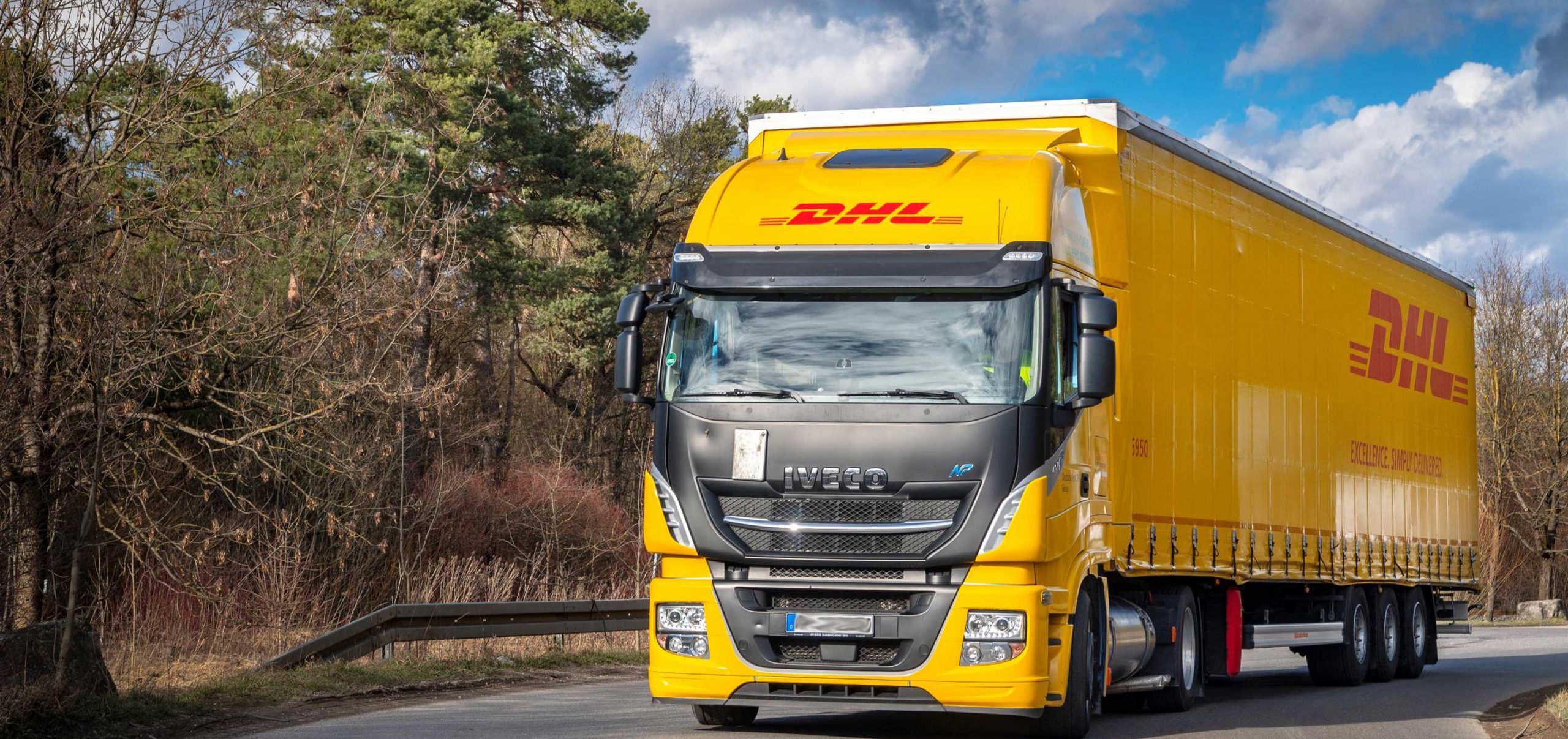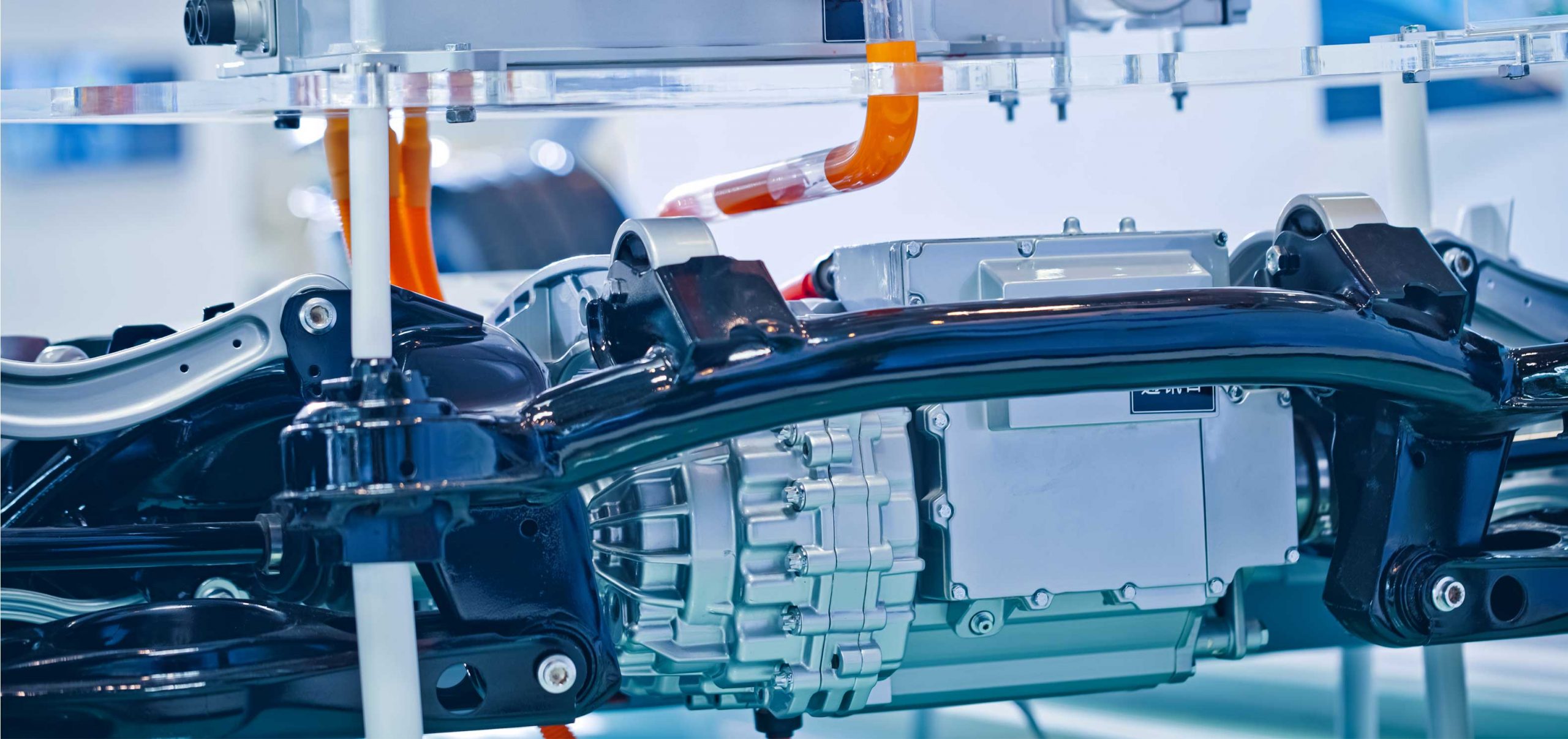
<!--[CDATA[
The next step change in battery power for the tech revolution could be just around the corner, thanks to a breakthrough in the design of new lithium-oxygen batteries. The search for long-life batteries to run the new generation of powerful electric cars is going into overdrive. Tesla founder Elon Musk has opened the new $5 billion “gigafactory” in Nevada to churn out cheap lithium-ion batteries for half a million electric cars a year. Tesla, Jaguar and GM are all launching electric cars with a more than 200-mile (302-kilometer) range. New research is providing incremental improvements to lithium-ion batteries, with U.S. startups such as Amprius, Enovix and Envia attracting tens of millions of dollars in funding for a silicon-anode battery. There is a ceiling as to how much storage can be wrung out of conventional lithium-ion batteries, however.
Many projects, but one favorite
Much scientific research is being carried out to find ways of perfecting alternatives, with the hot money on a variant of lithium-air technology. Lithium-air (Li-air) batteries could offer between five and 15 times the energy per kilogram compared with lithium-ion batteries, providing a lightweight solution with the energy density of petrol. They would keep your mobile phone going for a week on one charge and allow a car to travel 400 miles (644 kilometers), outdoing the 300-mile (483-kilometer) drive per recharge from a lithium-ion battery. Li-air could also prove useful for storing solar energy. Supporters of this technology say it represents the greatest hope for significant increases in battery life. Engineers have been working on the Li-air battery for 40 years, but the technology faces some huge obstacles. Last summer, however, researchers in the U.S. and China announced they may have found a way around the problems, heralding a new era in superefficient batteries.
Embedding oxygen
The new approach to Li-air was developed by Ju Li of Massachusetts Institute of Technology, along with researchers from Argonne National Laboratory and Peking University. They outlined the process in the journal Nature Energy. Li-air batteries usually work by drawing in oxygen from the air to react with the battery’s lithium during the discharging cycle. This oxygen is then released again to the atmosphere during the reverse reaction when recharging the battery. However, one of the shortcomings of lithium-air batteries is that the output voltage is more than 1.2 volts lower than the voltage used to charge them – a costly power loss every time it is charged. “You waste 30 percent of the electrical energy as heat in charging… It can actually burn if you charge it too fast,” Li explains. The new battery works by embedding the oxygen in the cell but keeping it in solid form rather than changing between gas and solid. The oxygen is never in a gaseous state, so there is no need to use energy to shift it between solid and gas. The result is faster charging and less heat wastage. This reduces the energy needed to power the battery to just 8 percent of the charge rather than 30 percent. Li says the batteries could also have a longer life than lithium-ion batteries as they are protected from overcharging by the natural process of the chemical reaction. There have been dozens of research projects over the years on ways to improve on the basic Li-air design, but some battery specialists believe Ju Li’s solution holds the best hope for the future – and the team expects to be able to make a practical prototype within a year. This article was published first in Delivered. The Global Logistics Magazine.



